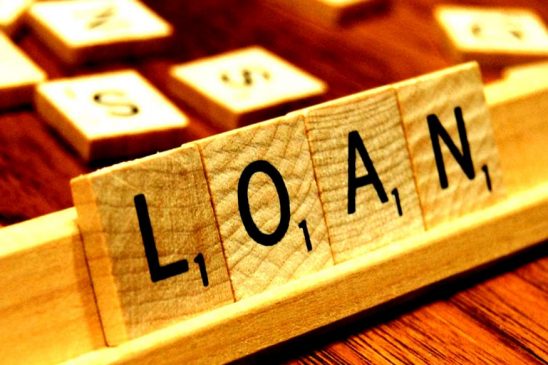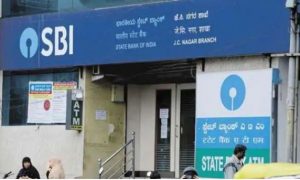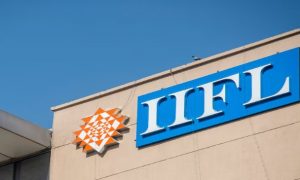Planning to take a loan to refurbish, repair, or renovate your home? Here’s what you need to know about the various types of loans which you can avail to finance the renovation/upgrade of your home.
Planning to take a loan to refurbish, repair, or renovate your home? Here’s what you need to know about the various types of loans which you can avail to finance the renovation/upgrade of your home.
Home renovation loans and personal loans
Banks and and housing finance companies (HFCs) offer home renovation loans under their regular home loan product or as a separate home renovation loan scheme under the broader home loan category.
Consumers can also opt for regular personal loans to cover their home renovation expenses, with some banks and non-banking financial companies (NBFCs) offering personal loan specifically for the purpose of home renovation.
Read More: If your KYC status is not validated, it might hinder your investments from April 1; Here is why
However, you need to know some basic things before opting for either a personal loans for home renovation or a home renovation loan:
Comparing interest rates
First and foremost prerequisite for any consumer is to know about how much interest they have pay on the loan amount.
Usually, most lenders have similar interest rates for ‘personal loan for home renovation’ and their regular personal loans.
In most cases, private sector lenders usually offer personal loans at interest rates starting from 10.49% p.a, compared to some public sector banks who offer lower rates on their personal loan products.
On the other hand, interest rates for renovation loans are usually similar or slightly higher than home loans, usually starting from 8.40% p.a.
The interest rates for personal loans are higher because they are unsecured, meaning a consumer does not need a collateral to take such a loan.
Duration of loan (Tenure/repayment period)
The duration of personal loans for home renovation from banks and other lenders usually upto a period of five years but some public sector banks may offer a prolonged tenure of upto 7 years.
For home renovation loans, most lenders can offer a tenure extending upto 20 years, while some may offer even longer repayment periods.
Home renovation loans offered by most lenders under their regular home loan product can have a tenure extending upto 30 years, which is great for consumers on a tight budget, however, those seeking shorter repayment periods should opt for personal loans for home renovation.
Keep in mind, that shorter the repayment period, the higher will be your EMIs and vice versa, albeit with a lower interest as you are repaying the loan amount within a short span of time.
Comparatively, the longer loan tenures carry a much lower EMI but result in higher overall interest costs as the repayment period is longer.
Therefore, it is recommended that consumers who are seeking higher higher loan amounts should apply for home renovation loans which carry a lower EMI burden while those seeking lower amounts should avail personal loans for home renovation to reduce their overall interest costs.
Read More: LIC Scheme: Invest money once and get Rs 12000 PENSION per month
How much loan can you get?
In most cases, lenders offer personal loans for home renovation of upto Rs 40 lakh. However, the loan amount is decided by the banks/HFCs depending on the applicant’s income, repayment capacity, and other details.
In case of home loans for renovation, the loan amount is decided by the lender primarily on the basis of the applicant’s repayment capacity and the loan-to-value ratio (LTV ratio) set for his property.
The LTV ratio is the proportion of a property’s value that lenders can finance through their regular home loans or home renovation loans. Lenders usually offer loan amounts of up to 100% of the estimated home renovation cost, provided that the LTV ratio set by the lender does not exceed the cap on home loan LTV ratios decided by the RBI.
The LTV Ratio offered by home loan lenders is up to 90% for loan amounts of up to Rs 30 lakh, up to 80% for loan amounts above Rs 30 lakh and up to Rs 75 lakh & up to 80% for loan amounts above Rs 75 lakh.
Home loan lenders undertake a credit risk assessment based on their applicants’ credit profile, income, repayment capacity, property’s market value, etc. to decide the LTV ratio for their loan applicants.
Read More: Forex Update: India’s Foreign Exchange Reserves Hit Fresh All-Time High of $645.58 Billion
Collateral for various loans
Personal loans are also called ‘unsecured loans’ as they do not require the consumer to pledge and any collateral or security. Conversely, those seeking home renovation loans have to pledge their constructed or purchased home property as security to the lender.
Disbursal of loans
Personal loans are usually processed much faster by the lenders due to their unsecured nature, as opposed to home loans for the approval process is more time consuming since the lender needs to physically verify if the property pledged by the loanee is indeed legitimate. Some banks even offer same-day approval and disbursal of home loans to their select existing customers.
(With PTI inputs)





































